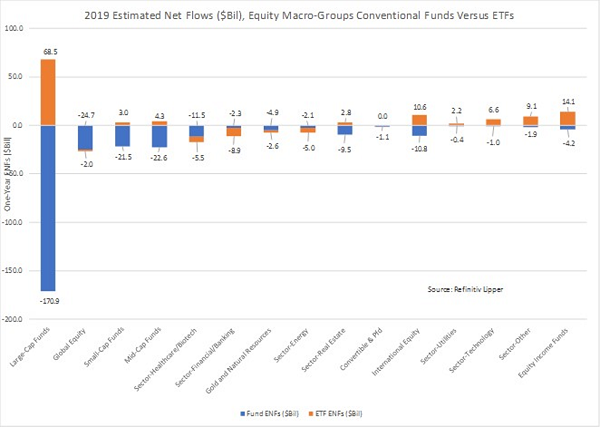With coronavirus spreading and China’s economy being shut off from the rest of the world, you’re right to ask one (or both) of the following questions:
Is this rally justifiable? Is it still a good time to buy in?
Profits (and Dividends), Not Fear
Here’s the good news: this market is rising on fundamentals, and ignoring overwrought media headlines that will eventually be forgotten. So yes, now is a good time to buy in. And contrary to what most people think, there’s still a good shot at high (I’m talking 7.8%+) dividends out there for us, too. Those payouts are in a corner of the market too many people never think to check.… Read more


Recent Comments